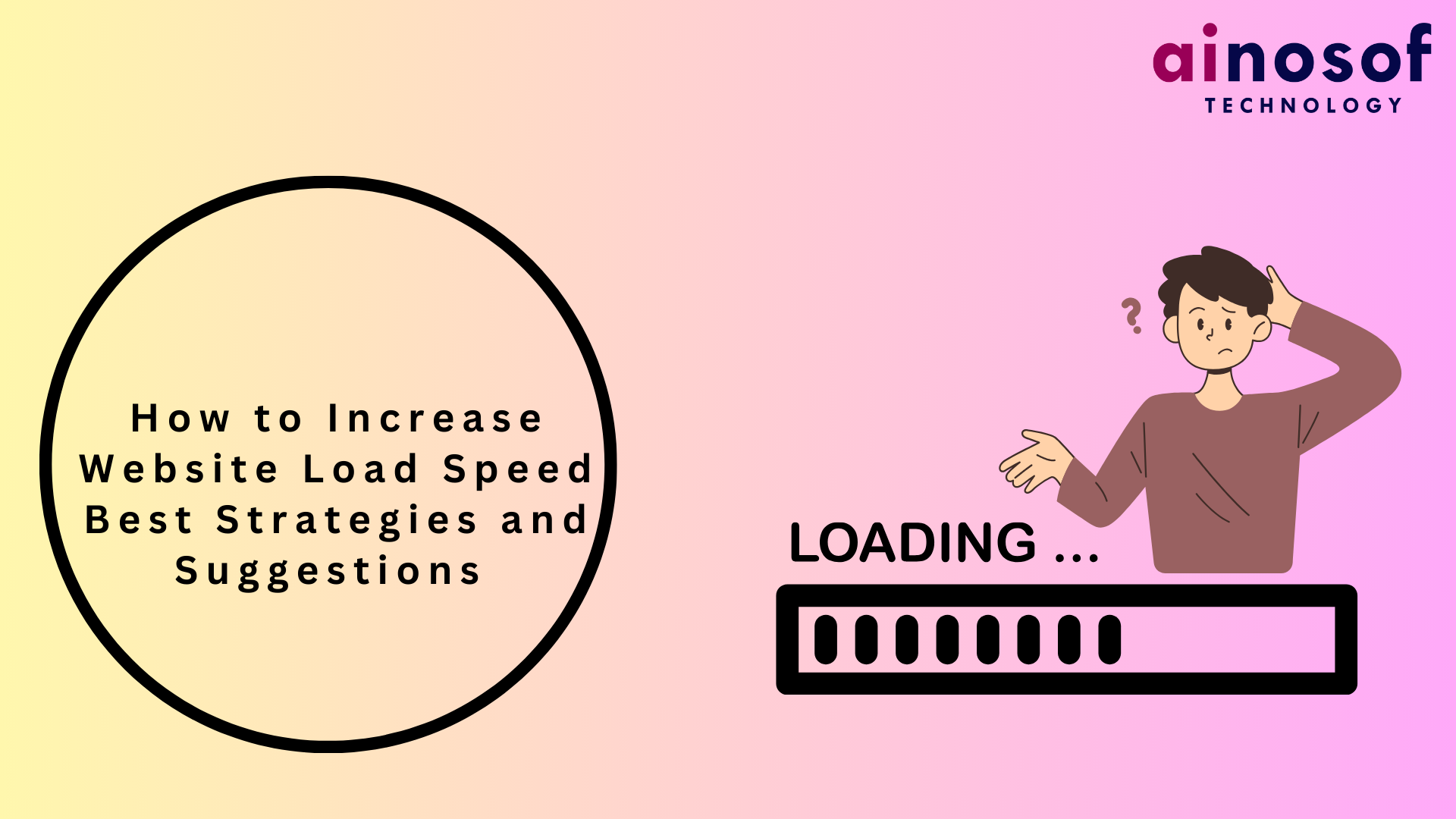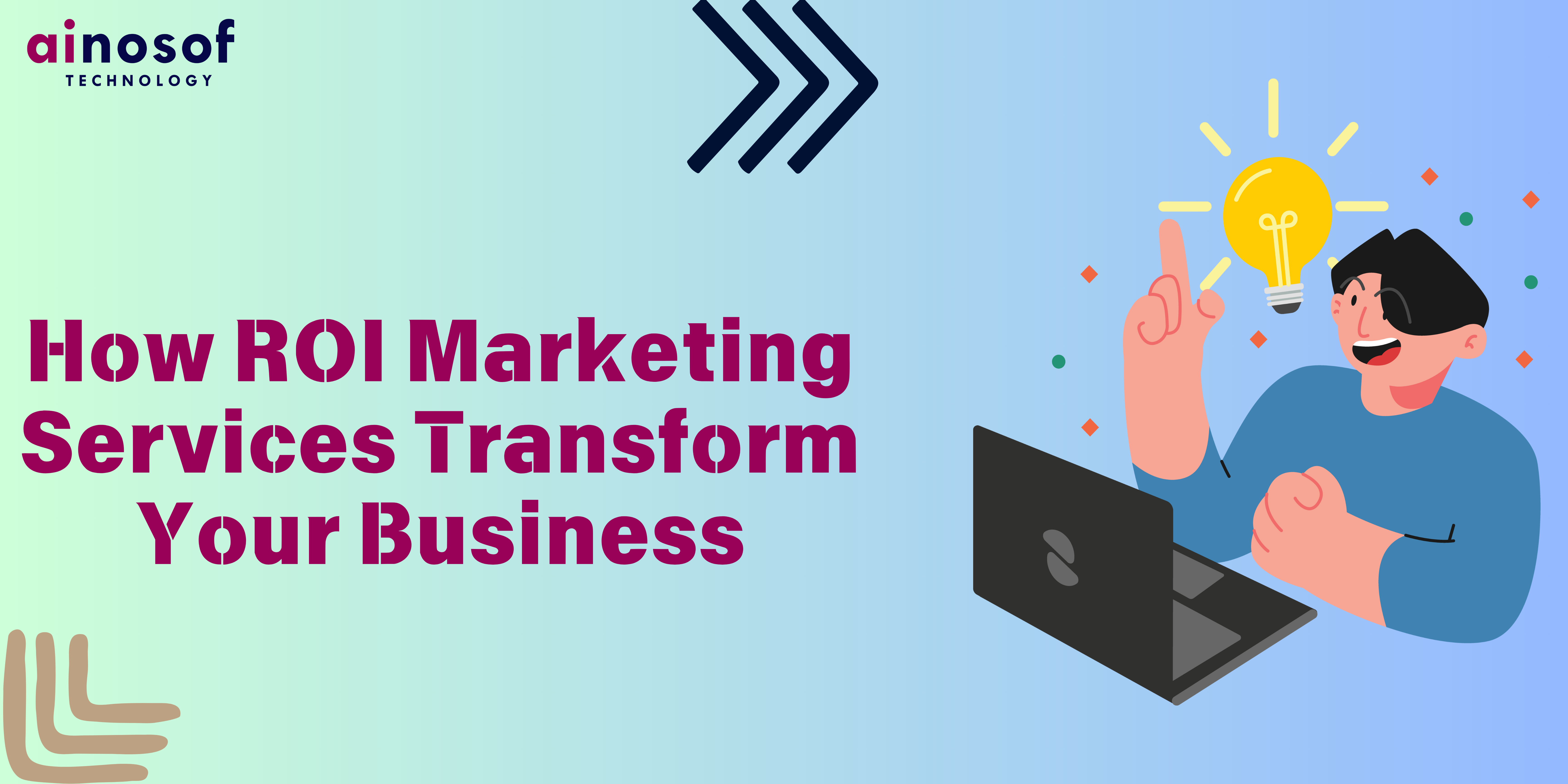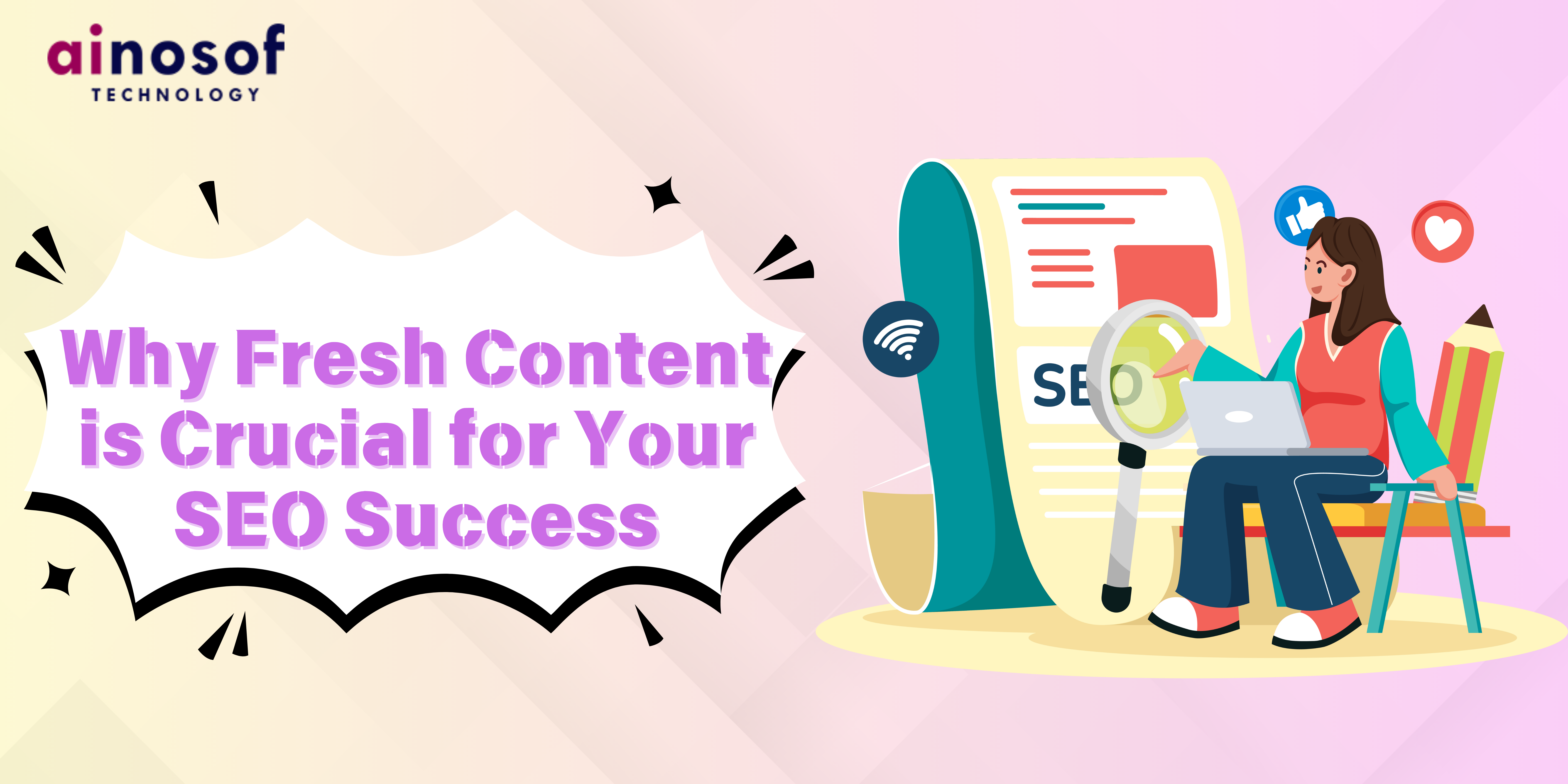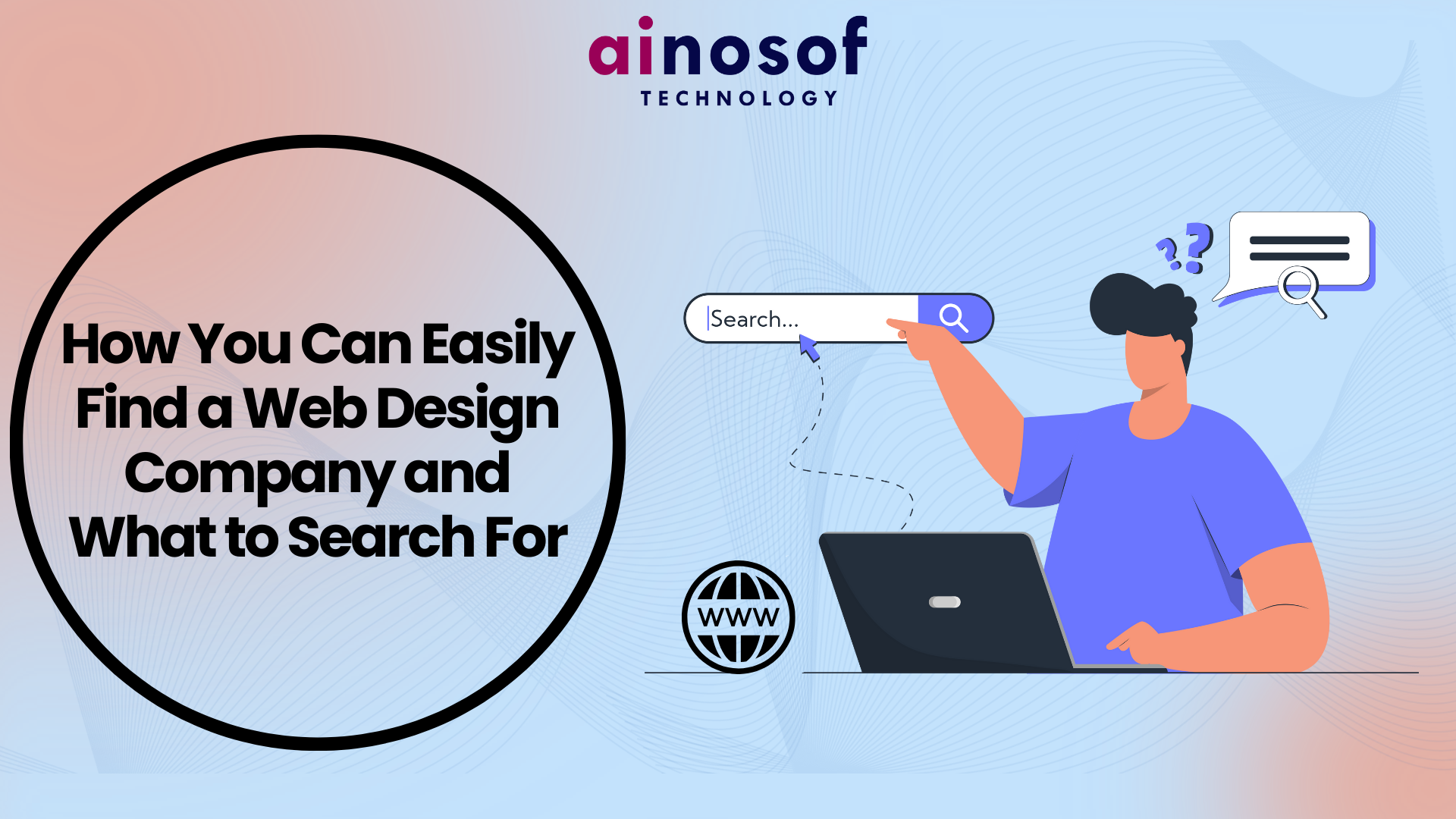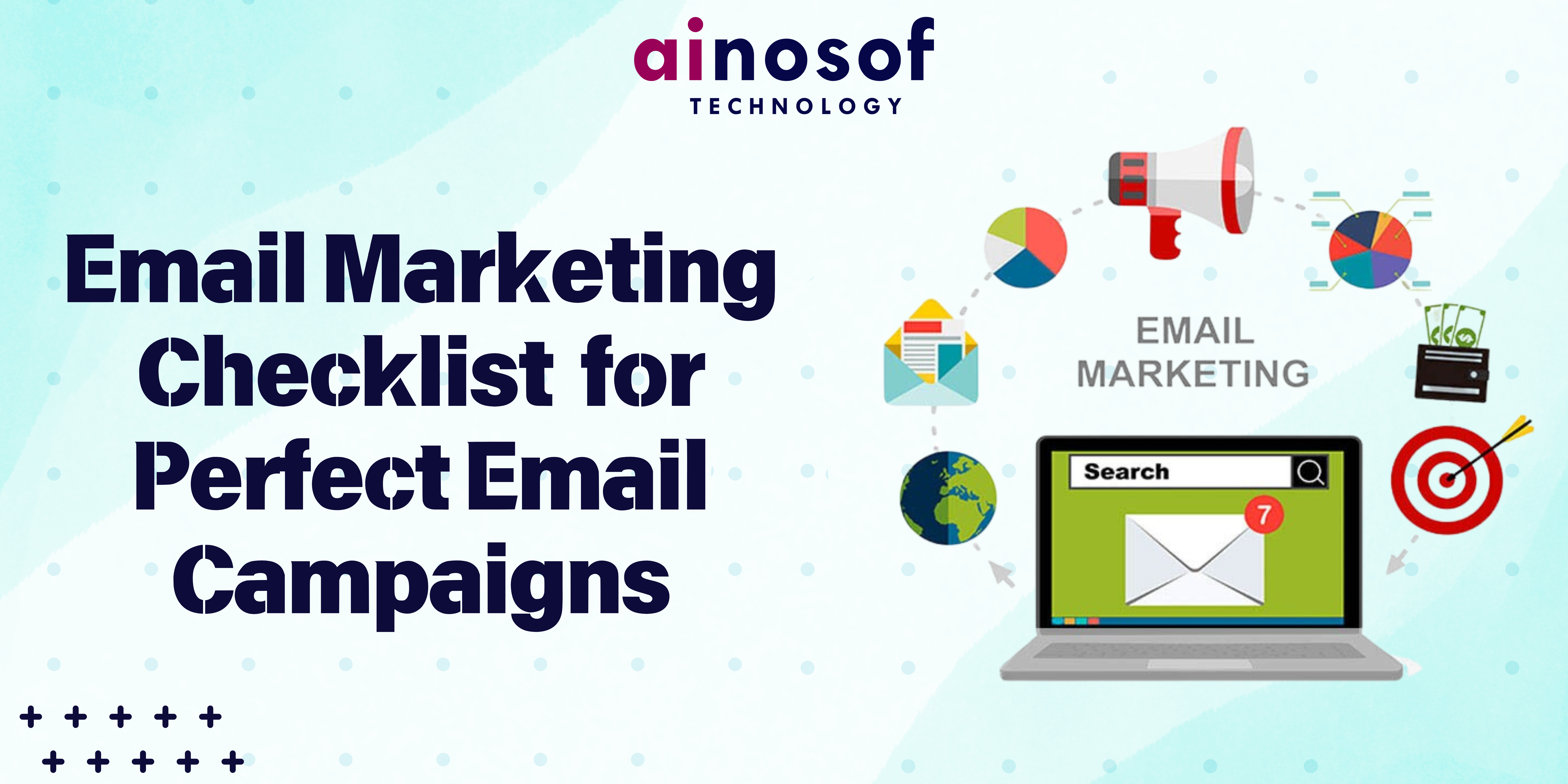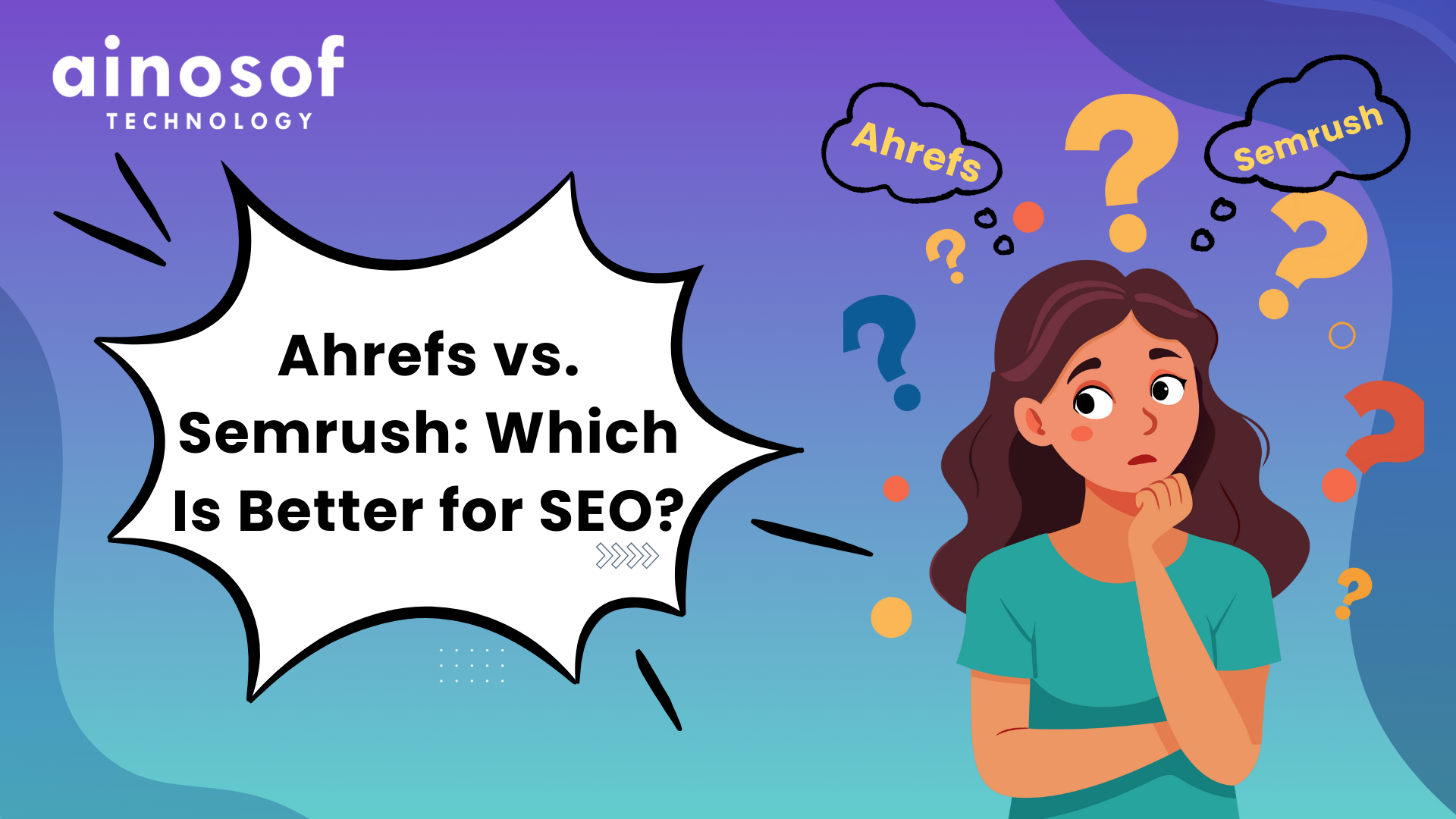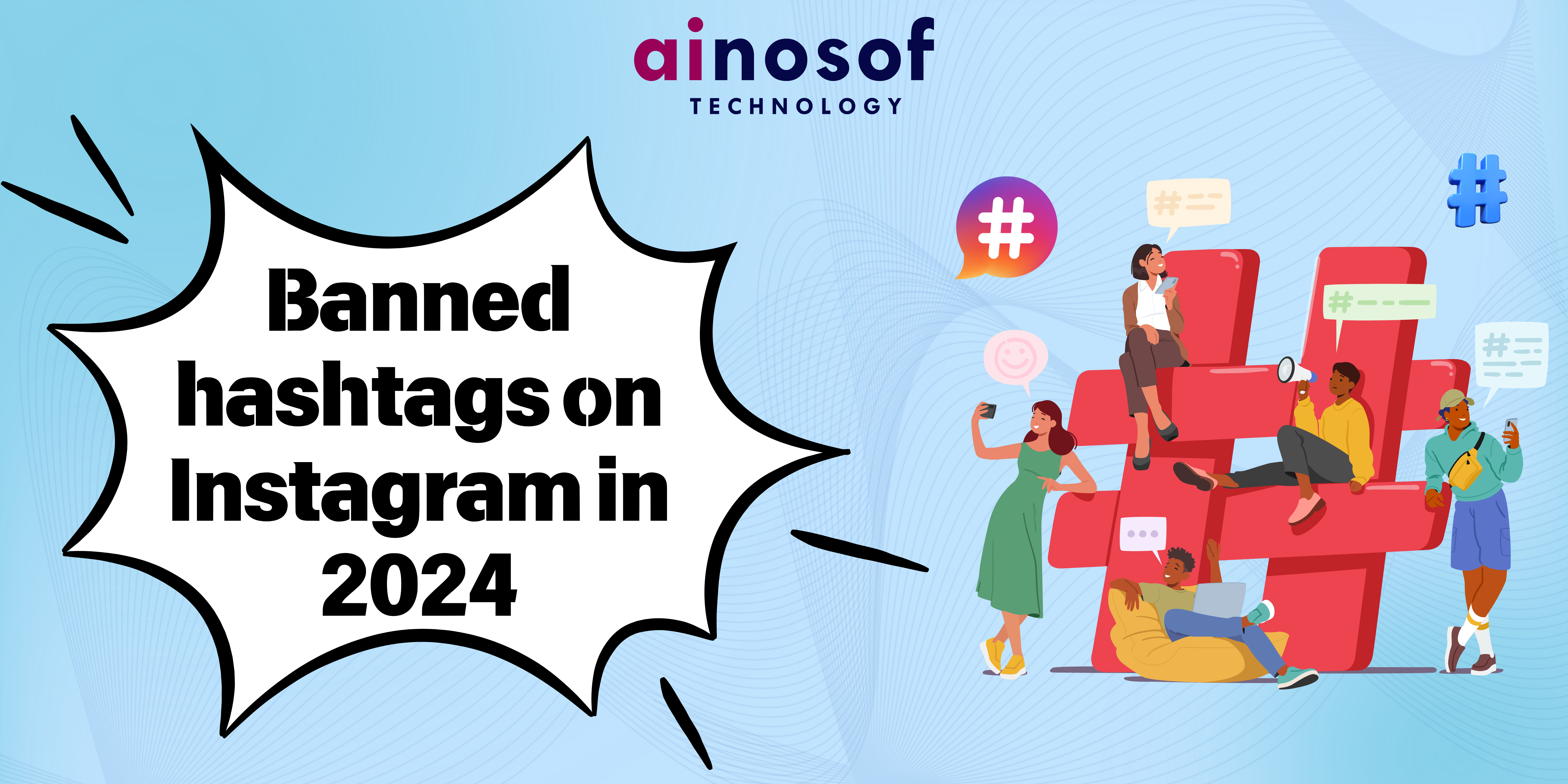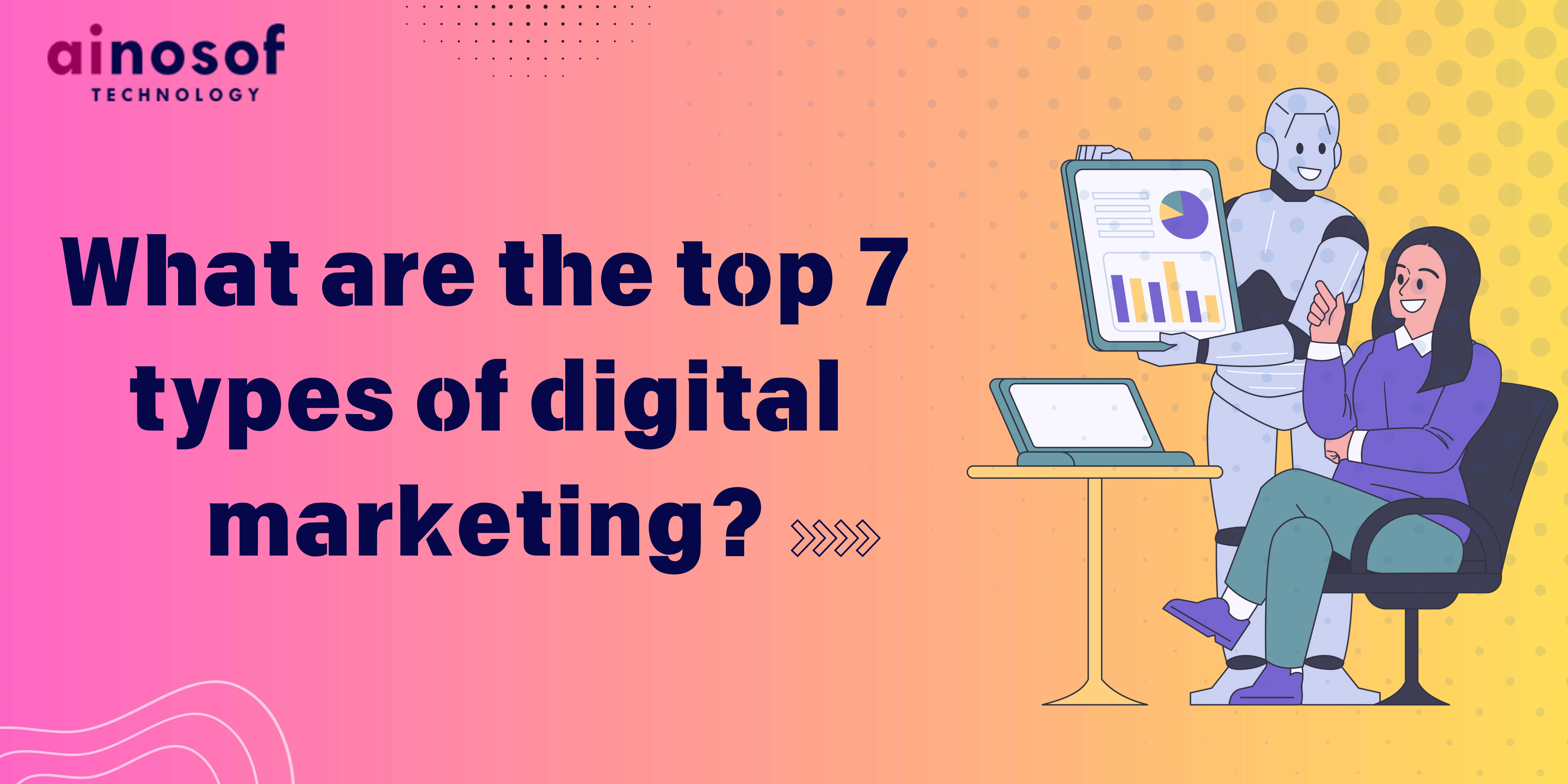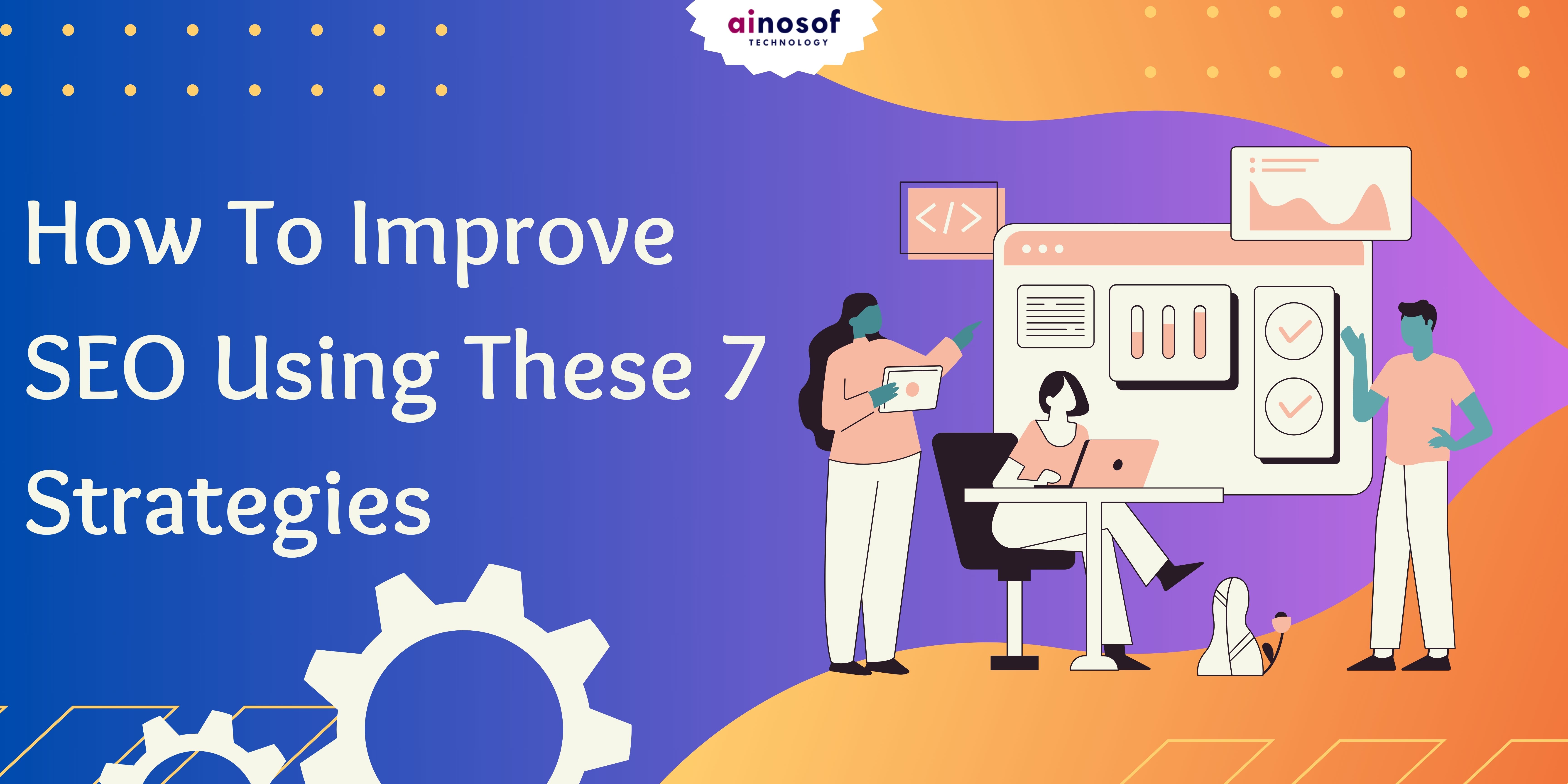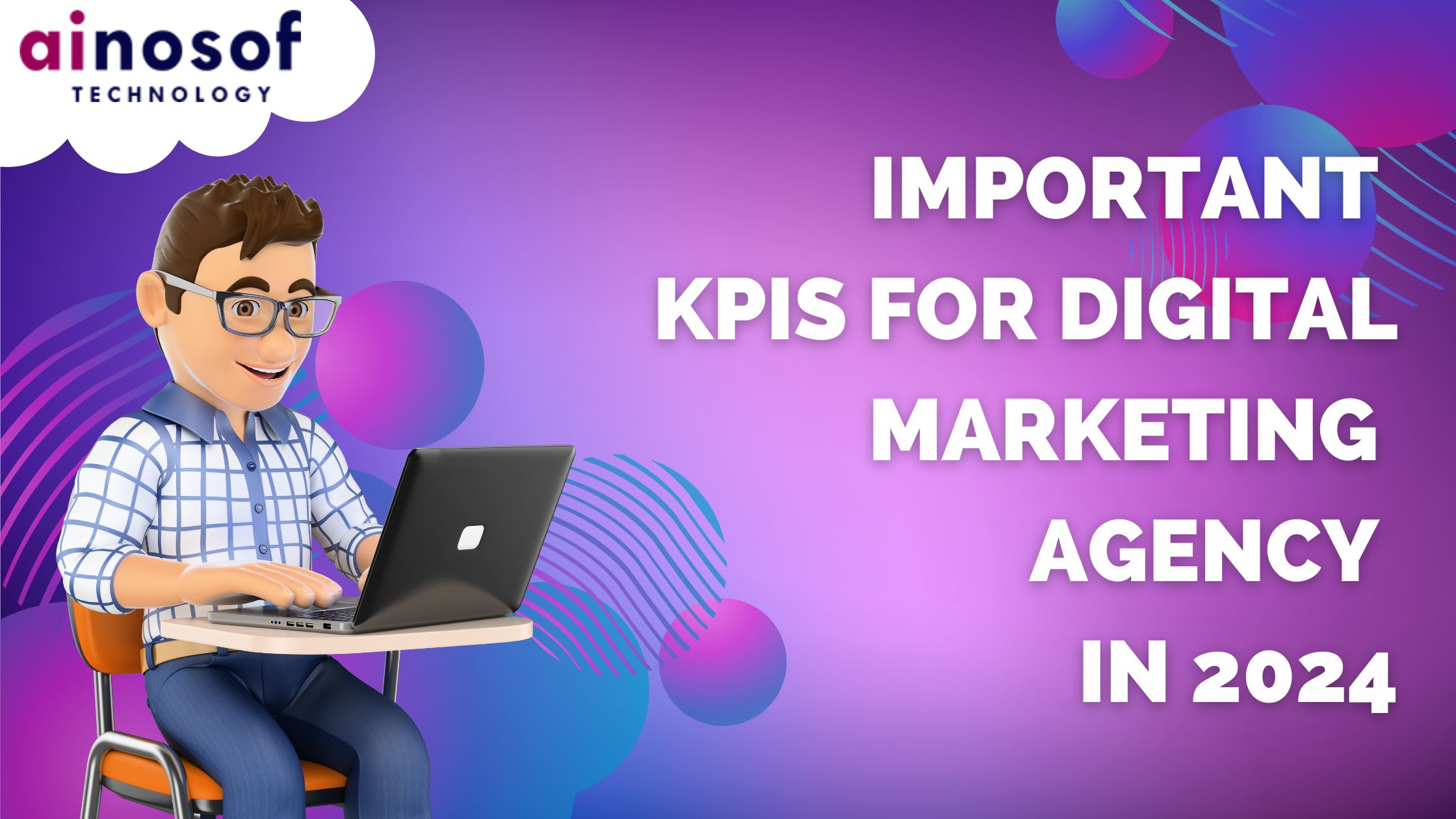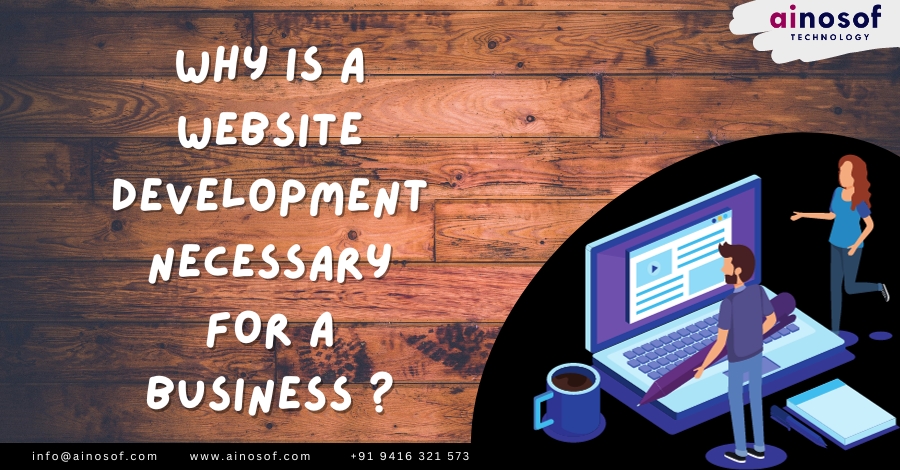In the digital world of today, everything is about speed. It doesn't matter if you have the most complicated and visually appealing website if it takes time to load. There are numerous reasons why your web pages may load slowly, but regardless, today I'm going to teach you some important strategies and suggestions for improving your website's efficiency and speed while also ensuring users have an effortless experience.
What is website load speed?
Website speed improvement refers to a set of approaches designed to make your site as quick as feasible. Website speed refers to how soon online pages or media content appear in a user's browser. It's an important part of the entire user experience (UX), influencing visitor engagement, contentment, and retention. Website speed is frequently assessed in terms of page load time, which is the time it takes for a webpage to fully show all of its content, including text, photos, and videos, once a user clicks on a link.
Why Is Website Load Speed Important?
According to research, a user's attention span ranges between 0.3 and 3 seconds. If your website takes longer than that to display important details, the user may lose focus and dismiss the browser window.
Websites that load faster have lower bounce rates, higher conversion rates, higher organic search rankings, and, of course, a better user experience.
The basic truth is that slow websites cost you money and harm your brand. On the other hand, optimizing your web pages to load faster will boost traffic, user retention, and revenue.
Best Strategies to Increase Website Load Speed
1. Reduce the Number of HTTP Requests
The web browser uses HTTP requests to retrieve various sections of the page, such as graphics, stylesheets, and scripts, from a web server. Each request, particularly those utilizing HTTP/1.1, will incur some overhead in establishing a connection between the browser and the distant web server.
Furthermore, browsers often have a restriction on the number of concurrent network requests, so if you have a large queue of requests, some of them will be stopped if the queue becomes too lengthy.
Your first step should be to delete unneeded requests. What is the minimum render time for your website? Find out, and only load the resources you need.
You should get rid of any unimportant photos, JavaScript scripts, stylesheets, fonts, etc. If you use a content management system (CMS) like WordPress, you should eliminate any unnecessary plugins, as they frequently load additional files on each page.
After you've cut all you could, the following step is to optimize the rest. You might consider condensing your CSS and JavaScript files. Optimized websites frequently load all of the relevant CSS and JavaScript in a single request for each.
Ainosof Technology Experience can help you in monitoring and identifying HTTP requests and resources that are causing poor loading times for your real users.
2. Optimize the size of images on your website
Everyone enjoys eye-catching photos. A lot of photographs and graphics on your product pages can increase interaction. The downside is that visuals are typically huge files that slow down a page.
The best option to minimize image size without sacrificing quality is to compress files using applications like ImageOptim, JPEGmini, or Kraken. The process may take some time, but it is worthwhile. You can utilize the HTML responsive images and attributes to modify image size based on user display characteristics.
3. Reduce the number of plugins
Plugins are common elements of all websites. They include specific features suggested by third parties. Unfortunately, as more plugins are installed, more resources are required to execute them. As a result, the website performs slower, and security risks may arise. The number of plugins increases over time, and some may no longer be in use.
We recommend reviewing all of the plugins you have installed and uninstalling any that are unnecessary. First, run performance tests on your page to determine which plugins are slowing down your site. The amount of installed plugins, as well as their quality, have an impact on website speed. Avoid plugins that load or generate a large number of scripts and styles. The best answer is to keep only the ones that are necessary and up-to-date.
4. Use browser HTTP caching
The browser cache is a temporary storage place where browsers save copies of static files to speed up the loading of recently viewed webpages. Developers can instruct browsers to cache elements of a webpage that do not change frequently. Instructions for browser caching are included in the HTTP response headers from the hosting server. This considerably reduces the amount of data that the server must send to the browser, resulting in speedier load times for regular visitors to specific pages.
5. Remove unnecessary render-blocking JavaScript
Webpages may contain duplicate code that loads before more important page content, lowering total load time. This is especially typical for large websites, where multiple owners individually add code and content. Web page owners can utilize a web performance tool to find unimportant code on slow-performing pages.
6. Limit the use of external scripts
Any scripted webpage elements that come from somewhere else, such as external commenting systems, CTA buttons, CMS plugins, or lead-generation popups, must be loaded every time a page loads.
Depending on the size of the script, these can slow down a webpage or cause the homepage to not load all at once (this is termed 'content jumping' or 'layout shifting' and can be very unpleasant for mobile users, who frequently have to scroll to see the entire webpage)
7. Reduce the use of web fonts
Web fonts have become extremely popular in website design. Unfortunately, they make unnecessary HTTP calls to external resources, reducing page rendering speed. To reduce the size of web font traffic, utilize contemporary formats and include only the necessary character sets and styles.
8. Detect 404 errors
A 404 error indicates that the "page isn't found." When the accessed content of a page is no longer available, the hosting server sends this notice to browsers or search engines. Error detection tools and plugins can help you detect and correct 404 errors. As previously said, additional plugins can hurt your website speed; thus, we recommend running the resource through external tools or the 404 Redirected Plugin for WordPress.
Once you've identified all 404 errors, you should evaluate the traffic they produce. If these dead links no longer generate traffic and hence do not require server resources, you can leave them alone. If these pages continue to receive visitors, consider redirecting external links and updating internal link addresses.
9. Move your website to a better host
There are three possible types of hosting:
- shared hosting,
- virtual private server (VPS) hosting, and
- dedicated server.
Shared Hosting: The most common type of hosting is shared hosting. That is the most cost-effective option to get your site up and running quickly and cheaply. It is critical to select a fast web host to ensure optimal performance. Shared hosting allows you to share CPU, storage space, and RAM with other sites that use the same server. This is the primary reason that shared hosting is not as fast as VPS or dedicated servers.
Virtual private server (VPS) hosting: VPS hosting provides an isolated virtual environment within a larger server. You can set it up anyway you like, taking advantage of dedicated resources (CPU, RAM, storage space, and operating system).
If your website receives ordinary traffic or if your eCommerce site has traffic spikes at times, VPS is the best option for you.
Dedicated Server: The most expensive hosting option is a dedicated server, which might be your personal physical server. In this situation, you pay a server rental fee and hire a system administrator to manage it.
Another alternative is serverless architecture, which eliminates the need for maintenance and server setup.
How Ainosof Technology helps improve website speed
Improving website speed can be difficult, especially given the wide range of devices, connectivity, browsers, and operating systems, but it will have a significant positive impact on your business if you rely on your website as one of your primary channels for reaching customers.
Also, keep in mind that this is a process with no clear beginning or end. You may not need to implement all of the proposed changes right away. Spend some time going over the monitoring tool results, making adjustments to the website, and comparing performance before and after the changes.
If you're looking for a solution that can help you improve your website's performance and speed, look into Ainosof Technology. Ainosof Technology provides end-to-end insight into all components of your application, allowing you to maintain the performance and availability of your site. Give it a try!
